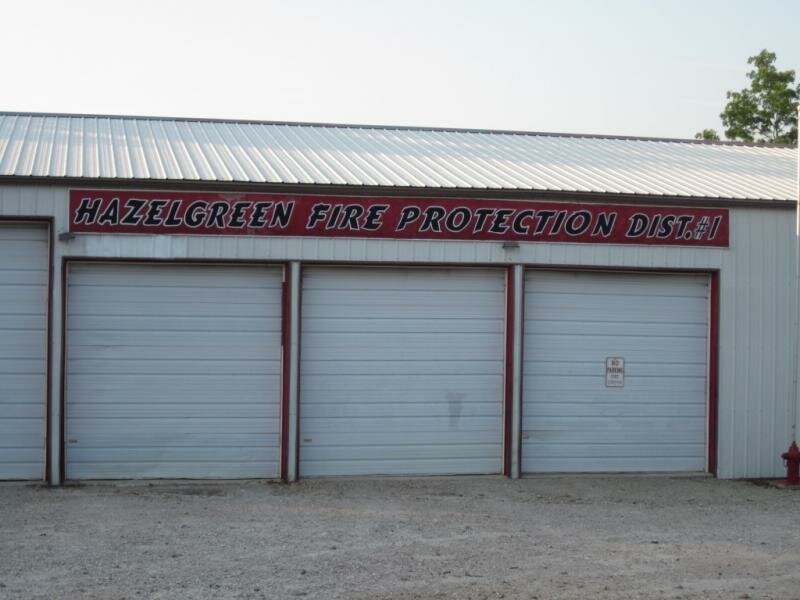United States Meteorite Impact Craters
- Home
- Crater Identification
- Alamo, Nevada
- Ames, Oklahoma
- Avak, Alaska
- Barringer, Arizona
- Beaverhead, Montana
- Chesapeake Bay, Virginia
- Cloud Creek, Wyoming
- Crooked Creek, Missouri
- Decaturville, Missouri
- Des Plaines, Illinois
- Flynn Creek, Tennessee
- Glasford, Illinois
- Glover Bluff, Wisconsin
- Haviland, Kansas
- Kentland, Indiana
- Manson, Iowa
- Marquez, Texas
- Middlesboro, Kentucky
- Newporte, North Dakota
- Odessa, Texas
- Red Wing, North Dakota
- Rock Elm, Wisconsin
- Santa Fe, New Mexico
- Serpent Mound, Ohio
- Sierra Madera, Texas
- Upheaval Dome, Utah
- Weaubleau, Missouri
- Wells Creek, Tennessee
- Wetumpka, Alabama
- Unconfirmed Impacts
- The Ozarks Region
- Glossary
- Crater Science
- About This Website
Unconfirmed and possible impact craters
The Hazelgreen and Furnace Creek structures
Little published work exists regarding the Hazelgreen or Furnace Creek structure in Missouri.
The two sites share several things in common. Both are currently understood to be volcanic in origin, both are known only from drilling, and both lack significant bodies of research. The furnace Creek site seems to be volcanic, while the origin of the Hazelgreen structure is still undetermined.
Spencer, 2011, comments that the Furnace creek structure is capped by intact Cambrian rocks, signifying that it occured earlier than the Decaturville or Crooked Creek impacts and before the Weaubleau Osceolla structure was formed.
Unklesbay and Vineyard, 1992, state "North of Hazelgreen in Laclede County a drill core in the Lamotte Sandstone revealed a thirty-five foot section of volcanic ash and other volcanic detritus. The source of this material is thought to have been about 2 or 3 miles form the location of the drill hole, but no volcanic sites have been found." Amstutz, 1965, mentions that the structure, along with a similar one, the Furnace Creek Crater, were "discovered by drilling, by the St. Joseph Lead Co."
Hazelgreen is located at approximately 37.7°N 92.4°W (wikipedia - no reference)
A core of the Hazelgreen structure is preserved at McCracken Core Library at Rolla, Missouri. (from personal communication with Dr. Kevin Evans)
References:
A. G. Unklesbay, Jerry D. Vineyard (1992) ; University of Missouri Press
Amstutz, G. C. (1965), TECTONIC AND PETROGRAPHIC OBSERVATIONS ON POLYGONAL STRUCTURES IN MISSOURI. Annals of the New York Academy of Sciences, 123: 876–894.
Toms Canyon - possible marine impact
Woodbury Structure
Panther Mountain Crater
Dycus Tennessee
Howell Tennessee
I 'Dunno' - Random Stuff
Refuted Impact Structures:
The Avon Structure
The Avon structure, one of the sites originally associated with the 38th parallel lineament hypothesis, is known today to consist of a cluster of volcanic dikes and filled vents, called diatremes. This site did not originate as a meteorite impact.
Copyright 2011, 2012, 2013 United States Meteorite Impact Craters. All rights reserved.
